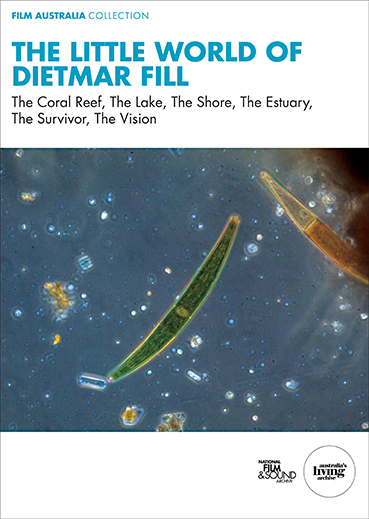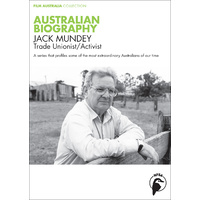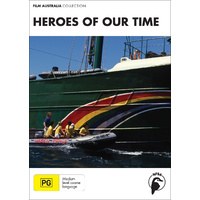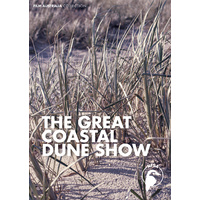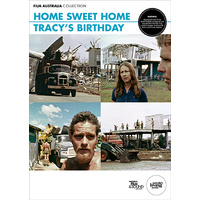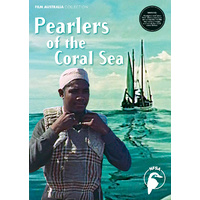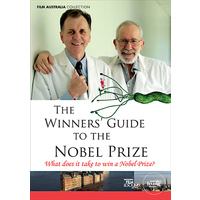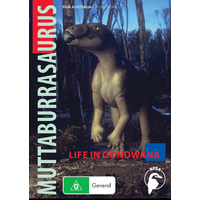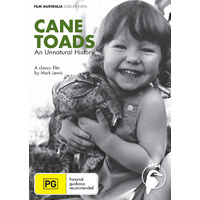1984, Total Running Time 150 Minutes (6 x 25 Minutes)
Cameraman and micro-cinematographer Dietmar Fill directed many films of scientific study of the environment for Film Australia from the early 1970s until his death in 1983. The films were part scientific enquiry, part philosophic comment - in the old tradition of science as ‘natural philosophy’. Dietmar was accorded many honours for his remarkable natural science films, his micro-photography and his underwater filming, which have been acclaimed for their clarity and beauty. After his death, the series “The Little World of Dietmar Fill” was completed, showing him at work and using new material and material from earlier films. This series draws together the best of his work, giving us an insight into his filmmaking techniques and letting us meet Dietmar the man.
An Austrian by birth, Dietmar and his Yugoslavian wife, Bibi, immigrated to Australia in the early 1950s. Growing up in the Austrian Alps gave Dietmar a child-like fascination for the tiny details of nature - the workings of flowers and insects. His craft was a direct product of his character, with its perfectionism, ingenuity and uncanny instincts.
Through his films, Dietmar came to terms with his adopted country. He made forays into the bush and its waterways and became passionately fond of the various habitats he photographed, which included the Great Barrier Reef, freshwater lakes, estuaries, the snow country, the seashore, and salt ponds.
Coral Reef, The Microphotographer Dietmar Fill and his wife Bibi visit Heron Island and bring us face to face with the life of the coral reef. We see creatures so bizarre as to defy belief, a world so extraordinary and so beautiful that it might well be from another planet.
Lake, The Wentworth Falls Lake is a small fresh water lake in the Blue Mountains west of Sydney. The lake's delicate eco-system is in danger because the water is being polluted by sewage. Algae forms the basis of all life in the lake. It is a green plant producer (gets its energy from the sun and makes its own food through photosynthesis) that is the beginning link in nearly all the food-chains, as well as providing the lake with oxygen. Yet if it “bloomed” - due to too much fertility in the water - there would eventually be an increase in the amount of rotting, decomposing algae in the lake. Decomposition removes oxygen from the water. A critical drop in oxygen will suffocate the lake’s fish, insect larvae and tadpoles and the lake will “die”.
Despite his real concerns for the safety for the life in this aquatic environment, Dietmar’s prime focus always remained with the filming of the life-cycles of the simple creatures, like the frog and the dragonfly.
Shore, The Microphotographer Dietmar Fill examines the area where the sea meets the land, a place of harsh extremes and constant change. Dietmar, his wife Bibi and marine biologist Elizabeth Pope explore the rich and varied life of a rocky seashore.
Estuary, The Microphotographer Dietmar Fill looks at the unique form of aquatic life that exists where the salt water of the sea meets the fresh water of rivers - the estuaries. In The Estuary, shot at Botany Bay in Sydney, we meet a soldier crab, see the extraordinary life cycles of prawns and oysters, and learn of the importance of the estuary as a nursery and breeding ground for fish. Dietmar is angered by the way this vital resource is being threatened by greed and neglect of the environment, through pollution such as oil spills.
Survivor, The Microphotographer Dietmar Fill visits Dampier on the northwest coast of Western Australia, where a tidal creek has been dammed off from the sea to produce salt from sea water. Dietmar puts the salt ponds under the microscope in this study of how life responds to an increasingly stressful saline environment. As the salt levels increase in the artificially created salt evaporation ponds, more complex fish life dies out as fewer forms of life can withstand the osmotic pressure, until in the end only the salt-loving algae Dunaliella salina is left, the sole survivor.
Vision, The Microphotographer Dietmar Fill’s vision of the natural world permeated all his work - whether he was filming microscopic life in the laboratory of his Blue Mountains home or pursuing a rare frog in the Australian Alps. Dietmar died before he could complete any more films. This film about the corroboree frog, the liver fluke and the continuity of life, is a final tribute to his genius.
A Film Australia Production. © 2011 National Film and Sound Archive of Australia.
(198202806)
Directors/Writers: Greg Reading, Stephen Ramsey
Year: 1984
Total Running Time: 150 Minutes
Classification: Exempt from classification
Curriculum Links: Aquatic Ecosystems; Biodiversity; Coral Reef, Microbial & Estuarine Ecology; Environmental Science; Macrophotography; Marine and Coastal Studies; Marine Biology; Science; SOSE/HSIE.
| SKU | 198202806 |
| Brand | Film Australia |

